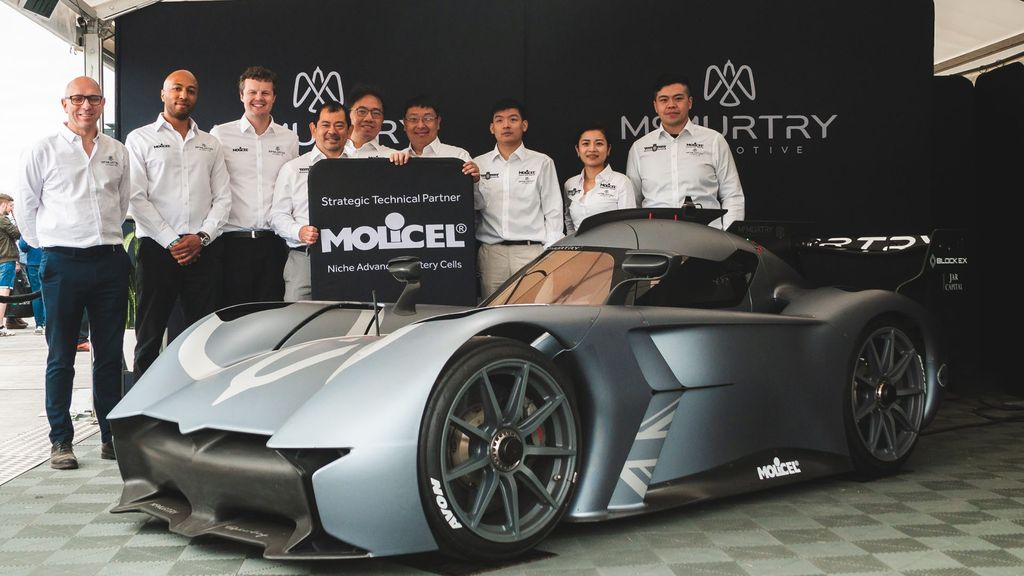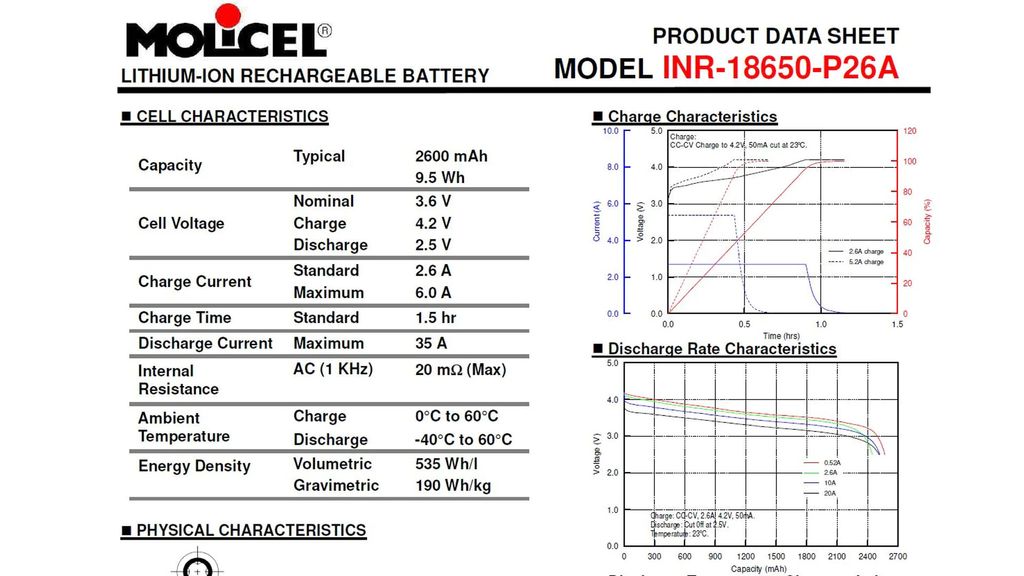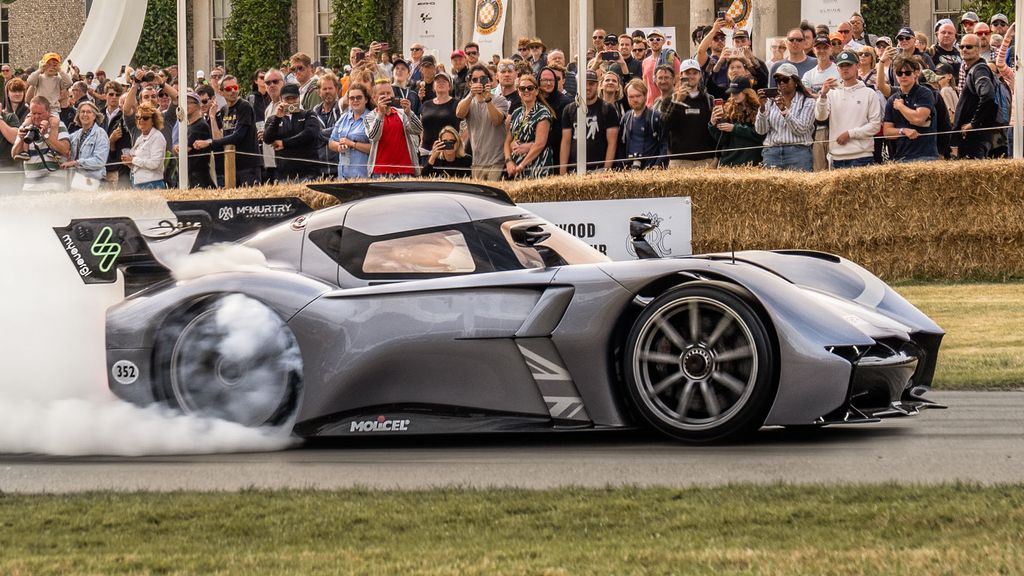Supercars cars use rarified materials like titanium, carbon fiber, and Inconel. But when it comes to stuff like spark plugs, odds are those pieces are shared with another much more pedestrian car. The same can be said for batteries in electric vehicles. Many automakers do not make their own battery cells, especially small high-performance makes like McMurtry.
Its prototype Spéirling is the quickest car on the planet, capable of shooting to 60 miles per hour in just 1.4 seconds. The cells it uses are anything but exotic, though. If you consider nicotine consumption a hobby of yours, you may have heard of them.
Samsung, LG, Panasonic, and others all make cylindrical cells for everything from laptops to scooters. McMurtry’s batteries are made by a slightly more niche Taiwanese company called Molicel, which specializes in power-dense chemistries that can discharge high currents. Its P26A 18650 cell—”18650″ describes the form factor—is widely available on battery reselling sites, and it’s the same unit the Spierling uses in its 60.0-kilowatt-hour pack.
P26As cost between $4 to $6 per cell (retail). Why would you want to buy these batteries as individual cells? It typically comes down to building custom flashlights or a nicotine addiction.
People start vaping and eventually get into “mods,” which are those big handheld boxes with a nozzle on the end to suck on. They’re powered by one or two 18650s, and in the quest to be able to vape for longer and harder, many people who would otherwise be uninterested in battery chemistry actually get into it. The rabbit hole for most ends at the Molicel P26A. A glorious victory.
The P26A is ideal for a few reasons. In cell chemistries, everything is a compromise between power density, energy density, cycle life, and cost. Cells of a high capacity are often compromised more towards lower currents and higher cycle life. Molicel’s batteries are not like this. They don’t have a great cycle life, but their capacity is high, they can discharge a lot of current, and their price is often reasonable. This makes them ideal for blowing clouds, and in a vape they can be removed and replaced with ease.
A relatively low cycle life before serious degradation is fine in an electric supercar that’s rarely going to be driven. Most of Molicel’s stuff is only rated for about 600 cycles at near-peak constant discharge before their capacity is around 80% of when they were new. With a 60.0-kWh pack, though, that’s plenty. Electric cars are also not often held at peak power, so the average discharge current of the battery is likely much lower.
The production version of the Spéirling uses the slightly larger 21700 cell, another unit made by Molicel called the P50B. It’s even more impressive than the P26A, which itself has been superseded by the superior P30B. These cells are used in EVs, electric aircraft, flashlights, and power tools. The vaping forums, it must be said, will also be thrilled.
Image Credit: McMurtry, Molicel
- SEO Powered Content & PR Distribution. Get Amplified Today.
- PlatoData.Network Vertical Generative Ai. Empower Yourself. Access Here.
- PlatoAiStream. Web3 Intelligence. Knowledge Amplified. Access Here.
- PlatoESG. Carbon, CleanTech, Energy, Environment, Solar, Waste Management. Access Here.
- PlatoHealth. Biotech and Clinical Trials Intelligence. Access Here.
- Source: https://www.motor1.com/news/708831/mcmurtry-speirling-battery-cells/






